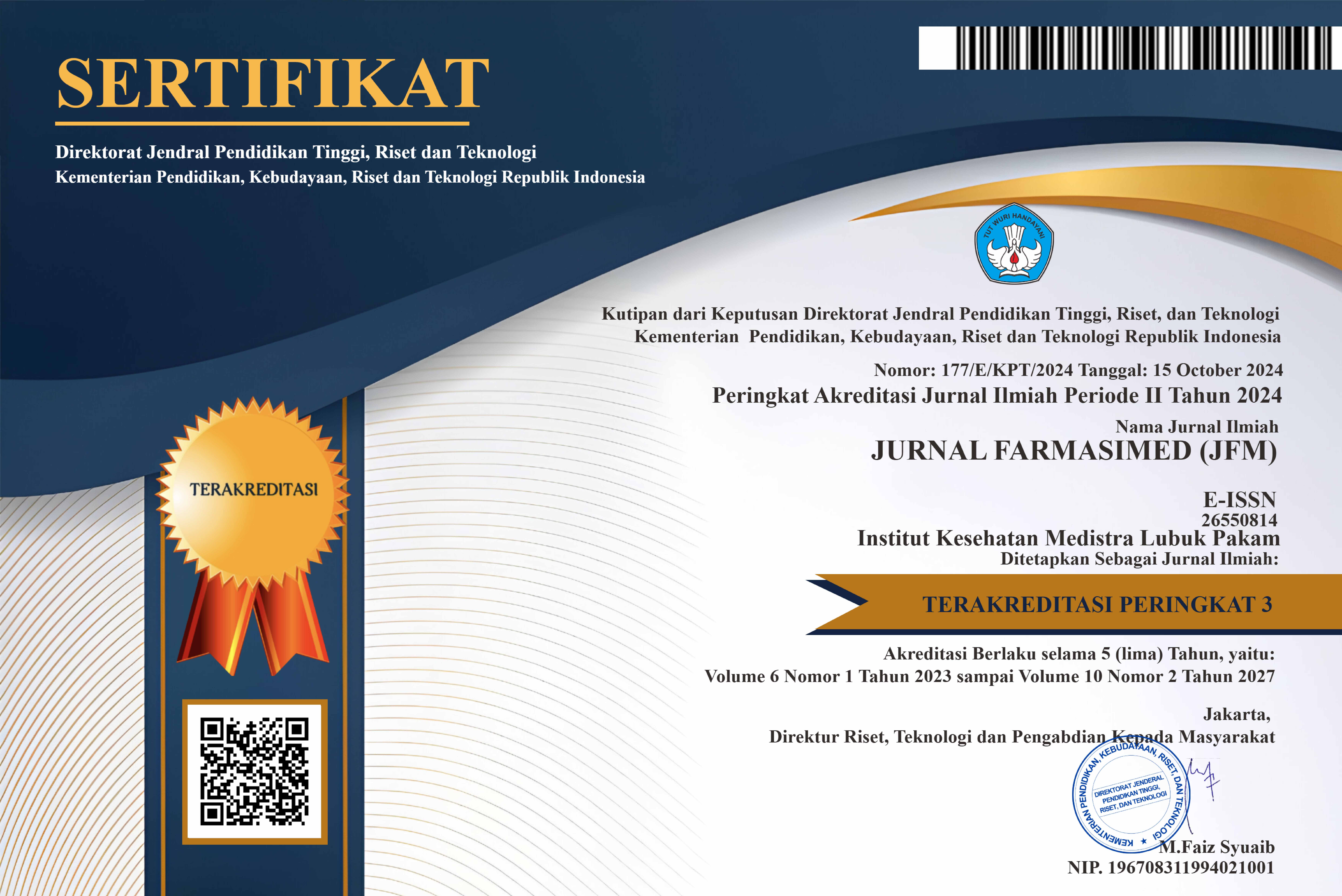KARAKTERISASI DAN IDENTIFIKASI MOLEKULER BAKTERI PENGHASIL ENZIM PROTEASE DARI TEMPE YANG DIPERJUALBELIKAN DI PASAR LUBUK PAKAM
DOI:
https://doi.org/10.35451/jfm.v4i1.616Keywords:
Bacterial, Enzyme Protease, Pseudomons stuastzeri , TempeAbstract
Protease enzyme is an enzyme that is important in protein breakdown. Animals, plants as well as microorganisms such as bacteria can produce this protease enzyme. In its application protease enzymes can be used in the pharmaceutical industry, detergent industry, skin products as well as food products. Tempe is one of the traditional food products that have been known for a long time, tempeh is made from soybean seeds fermented by mushrooms. Molecular identification can use polymerase chain reaction (PCR) method, PCR is the process of multiplying a certain nucleotide sequence using enzymatic processes in vitro. The presence of protein content in tempeh can be possible the presence of bacteria that can break down proteins in the tempeh, especially tempeh that has been fermented about 48-72 hours. Based on the results of characterization and identification of 5 isolates of tempeh post-fermentation 72 hours, positive results of protease enzymes found in isolate TPLP-1, TPLP-2 and TPLP-5, with the largest zone diameter in isolate TPLP-2 50 mm, then isolate with the highest protease enzyme activity isolate TPLP-2 molecularly identified by identifying the gene 16S rRNA which is subsequently included in the BLAST program and obtained by isolate TPLP-2 identified as Pseudomons stuastzeri.
Downloads
Downloads
Published
Issue
Section
License
Copyright in each article is the property of the Author.

























